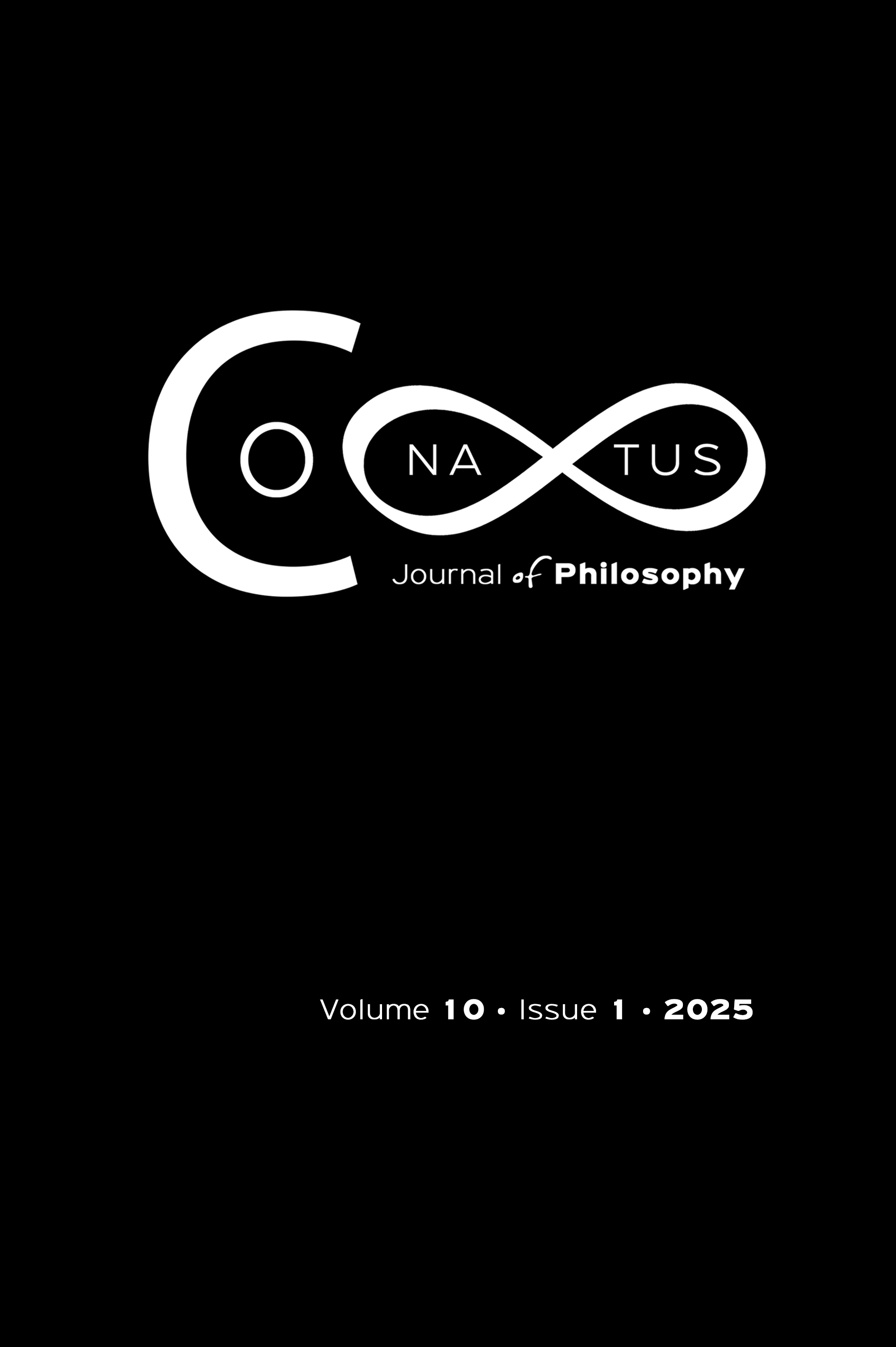Neuralink’s Brain-Computer Interfaces and the Reshaping of Religious-Psychological Experience
Аннотация
This research article examines the profound implications of Neuralink’s brain-computer interface (BCI) technology on religious and psychological experiences. As BCIs advance toward direct neural interfacing, they present unprecedented opportunities and challenges for human spirituality, cognition, and self-understanding. Drawing on interdisciplinary research, we investigate the potential for technologically-mediated spiritual experiences and their impact on traditional religious practices and institutions. The study explores ethical considerations surrounding cognitive liberty, mental privacy, and the authenticity of BCI-induced experiences. Key findings indicate that BCIs could potentially induce or enhance altered states of consciousness associated with spiritual experiences, augment meditation practices, and redefine religious rituals. However, these capabilities raise significant ethical concerns, including issues of cognitive manipulation and equitable access. The research also highlights potential shifts in religious authority structures and the emergence of new techno-spiritual philosophies. By analyzing the societal and cultural impacts of widespread BCI adoption, this study provides a nuanced understanding of how Neuralink’s technology may reshape the landscape of human consciousness and spirituality. The article contributes to the critical dialogue on the future of religious and psychological experiences in an era of advancing neurotechnology, balancing the transformative potential of BCIs with careful consideration of their ethical implications and philosophical ramifications.
Article Details
- Как цитировать
-
Alkhouri, K. I. (2025). Neuralink’s Brain-Computer Interfaces and the Reshaping of Religious-Psychological Experience. Conatus - Journal of Philosophy, 10(1), 9–56. https://doi.org/10.12681/cjp.38734
- Раздел
- Articles
- Категории

Это произведение доступно по лицензии Creative Commons «Attribution-NonCommercial» («Атрибуция — Некоммерческое использование») 4.0 Всемирная.
Authors who publish with this journal agree to the following terms:
Authors retain copyright and grant the journal right of first publication with the work simultaneously licensed under a Creative Commons Attribution Non-Commercial International License (CC BY-NC 4.0) that allows others to share the work with an acknowledgement of the work's authorship and initial publication in this journal.
Authors are able to enter into separate, additional contractual arrangements for the non-exclusive distribution of the journal's published version of the work (e.g. post it to an institutional repository or publish it in a book), with an acknowledgement of its initial publication in this journal.
Authors are permitted and encouraged to post their work online (preferably in institutional repositories or on their website) prior to and during the submission process, as it can lead to productive exchanges, as well as earlier and greater citation of published work.






